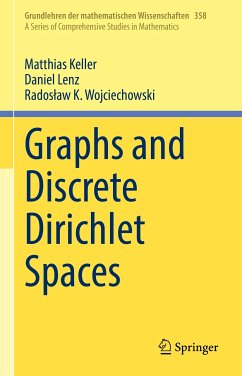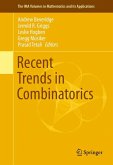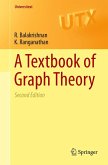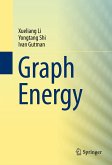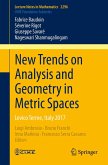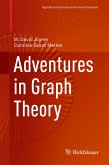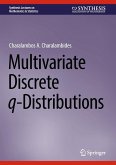The book gives a complete account of key topics of infinite graphs, such as essential self-adjointness, Markov uniqueness, spectral estimates, recurrence, and stochastic completeness. A major feature of the book is the use of intrinsic metrics to capture the geometry of graphs. As for manifolds, Dirichlet forms in the graph setting offer a structural understanding of the interaction between spectral theory, geometry and probability. For graphs, however, the presentation is much more accessible and inviting thanks to the discreteness of the underlying space, laying bare the main concepts while preserving the deep insights ofthe manifold case.
Graphs and Discrete Dirichlet Spaces offers a comprehensive treatment of the spectral geometry of graphs, from the very basics to deep and thorough explorations of advanced topics. With modest prerequisites, the book can serve as a basis for a number of topics courses, starting at the undergraduate level.
Dieser Download kann aus rechtlichen Gründen nur mit Rechnungsadresse in A, B, BG, CY, CZ, D, DK, EW, E, FIN, F, GR, HR, H, IRL, I, LT, L, LR, M, NL, PL, P, R, S, SLO, SK ausgeliefert werden.

